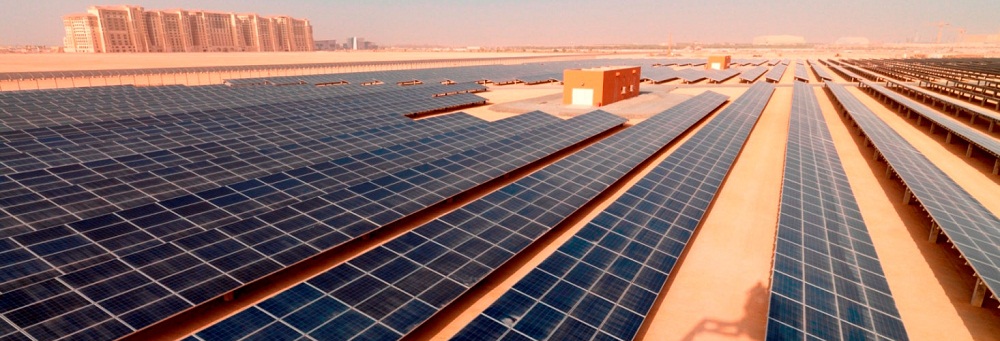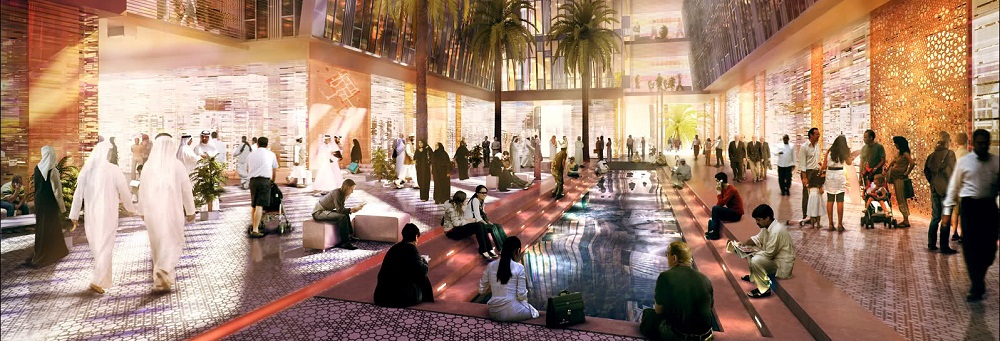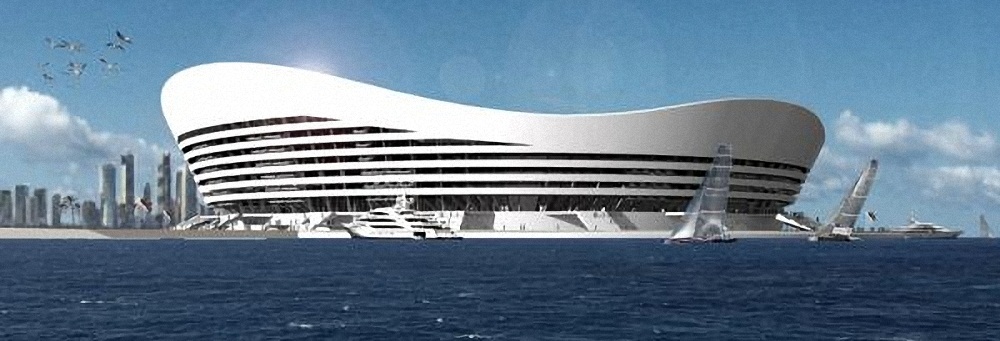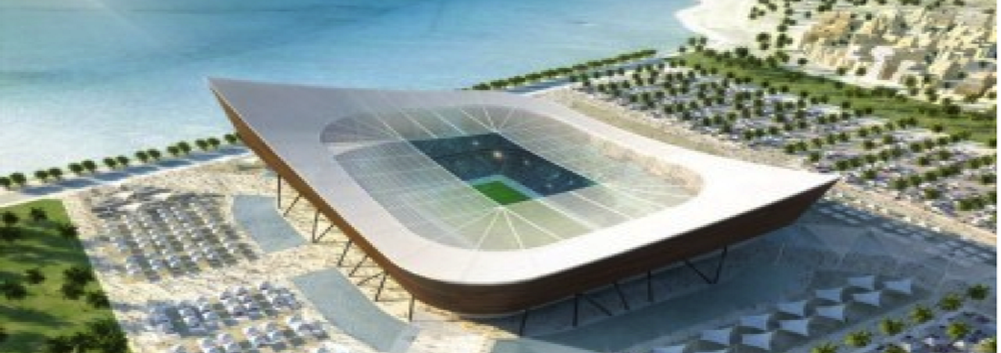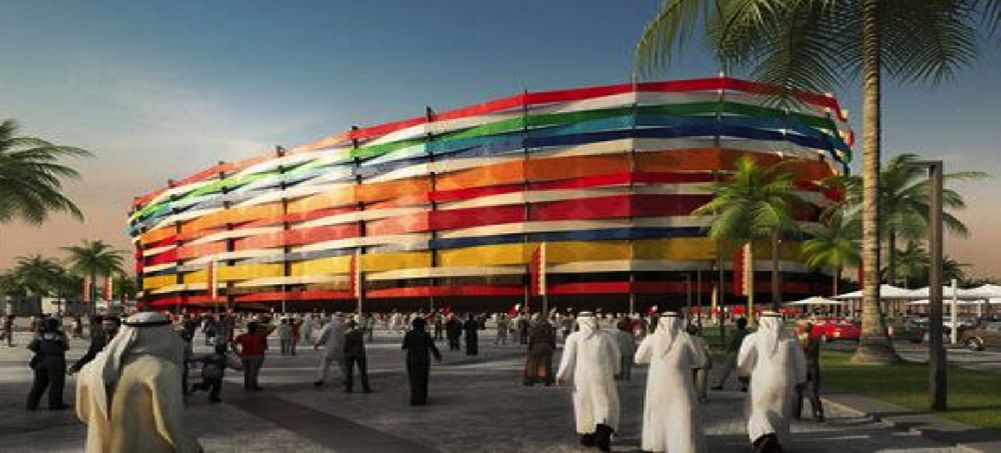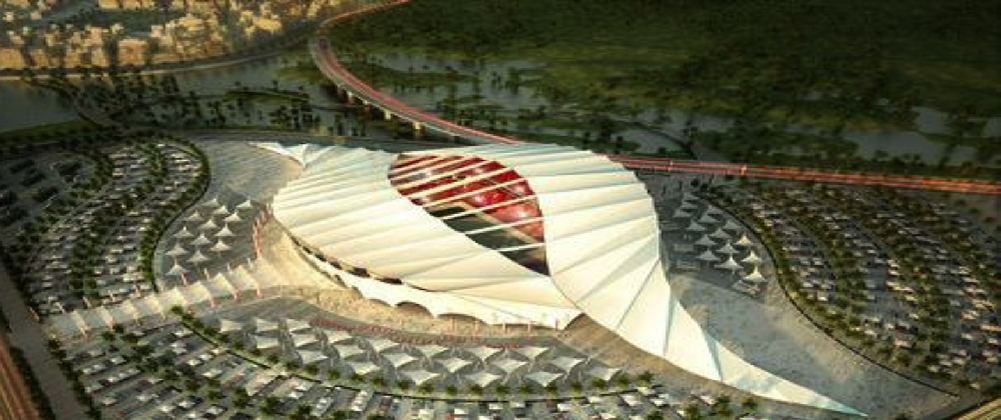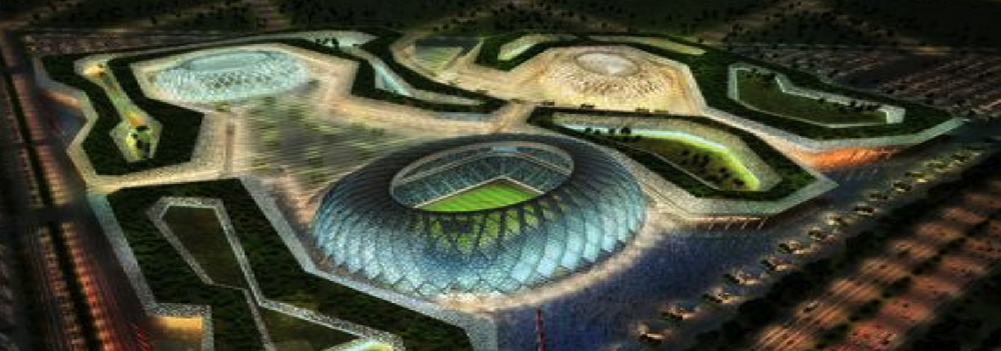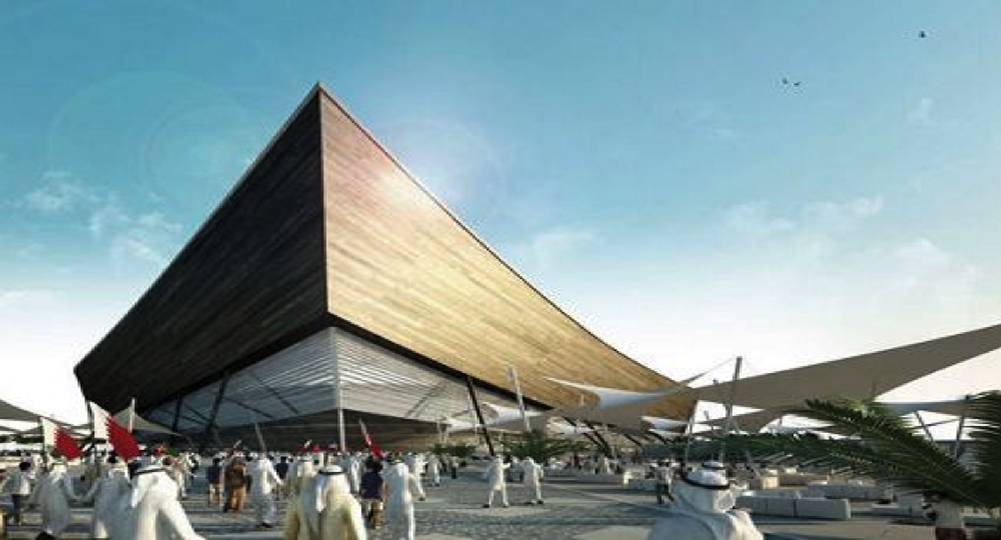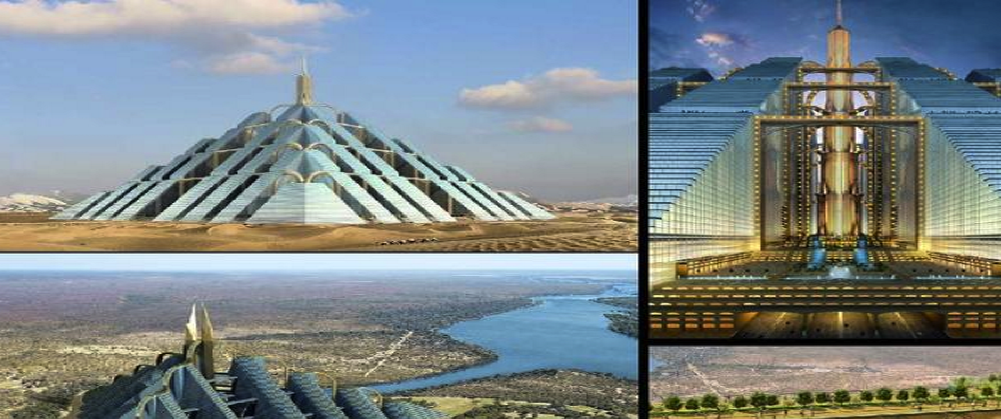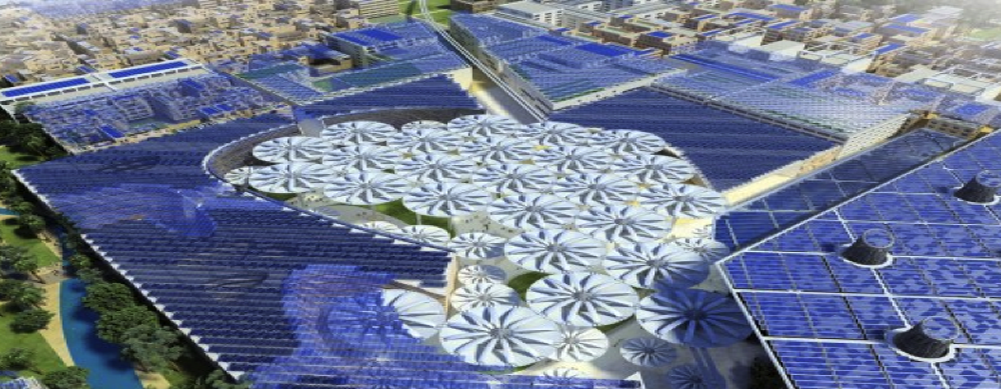The ethical Business code IES: Our choice for responsible business and sustainable technology partnership
When I started to talking about ethical code with my colleagues, I saw the face of responsible for innovation changed color, who said himself «but what will you do with this idea?»the one who has used to talk about the figure, image, marketing , found this term of ethical code strange .Was an conduct "business" code or an conduct internal code?
Why this ethical code is presented in a company which works on technology transfer in sustainable development of the Euro-Mena?
However it seemed so logical to talk about ethics in business sustainability. It is important to remember that ethics is a term dating back to antiquity and translating virtues as well as its disciples in Socrates, Plato and Aristotle.
These three philosophers believe that ethics would fully realize the nature and what constitutes human nature, to achieve happiness.
With the collapse of capitalist systems in recent years, falls scholarships, repeated economic crises, revolutions Arabic, against the system of corruption & social injustice and natural disasters caused by climate change (tremors of land, Tsunami) and their effect on the local economy, business ethics can be a good business model? Can it build a virtuous system, capable of generating a fair profit? Provide personal satisfaction? finding happiness for humanity lost sense of moral and sharing?
For all these reasons, I find the ethical code for a company like IES is so logical. For me, this is a guide that clarifies our vision of the business on an area where interventions are established in areas affected by geopolitical upheavals and revolutionary. What we are committed to create real partnerships, and I emphasize technological and cultural partnerships that would create a sustainable economic system & able to develop training which involves local universities and research laboratories, and subsequently of develop local businesses that will emerge to become "local champions".
What can make a North country as "Co developer" country , is a sharing of knowledge that will create an essential pillar for the development of effective partnerships leading technology in the environmental field.
The usual view of the North in entering in Southern countries markets is primarily, the development of production platforms technological product to be sold in series on both banks at competitive prices. In this system reasoning , the likelihood of sustainability is inversely proportional to gain immediate: that is highly profitable for the company, sustainability and zero gains associated with low locals.
But, for example, if a future of sustainability would not come with a green technological innovation beneficial to improve the daily environmental needs in developing countries, in partnership with policy makers and local employees? Which induces consequently a longer period of adjustment but that would build a strong and durable.
Yes to a system of equitable and responsible.
Yes to green technology that improves our lives and brings a prosperous North and South.
Yes to an optimistic view of the new generations of emerging elites to build a future of peace and opened mind for the others.



